When you think of the beautiful city of “Zahle in Lebanon” — the largest city in Beqaa governorate— you often think about the pleasant climate and numerous riverside restaurants (Berdawni); but I also think of the classic sweet milk kaak as the firm primary delicacy to enjoy during my visit to this lovely city. Artisanal bakeries there are famed for making “kaak bhaleeb/Lebanese Milk Kaak”! Every time I visit Zahle I eat a crap-ton of the stuff and purchase bags to bring back home to my loved ones as edible gifts! Watch the video tutorial below!
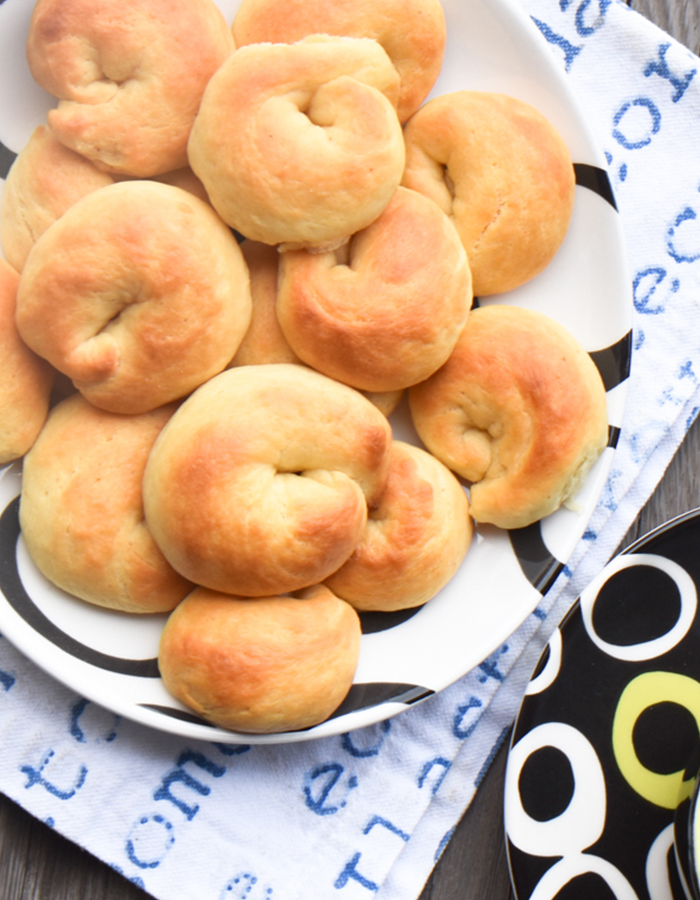
Lebanese Milk Kaak/ Kaak Bhaleeb
Lebanese Milk Kaak/ Kaak Bhaleeb is a favored sweet ring bread that is plushy and pillowy, where every bite collapses softly in your mouth; it has a golden hue, and an agreeable mahlab flavor — might be the rolls of your dreams.
The Lebanese Milk Bread is satisfying and special enough to be eaten on its own as a dessert but tasteful enough to work for breakfast, dunking it into coffee or warm milk!
Tips and Tricks!
- I knead the bread by hand, but this dough can be kneaded by a stand mixer fitted with a dough-hook attachment.
- Not all ghee brands are equally reliable, use the best ghee you can find.
- The dough needs a first rise that takes about 6 hours (until it doubles in size); once the buns have been shaped, they need a second fermentation for 1 hour.
- The cookies can be stored in an airtight container at room temperature for up to 4 days.
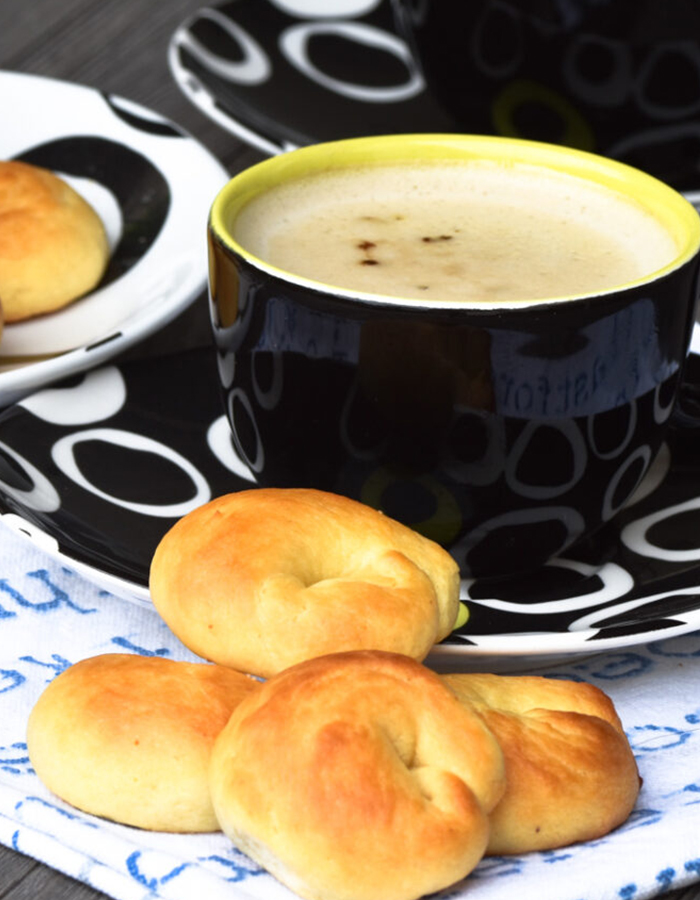
What is mahlab/ mehlab?
Mahlab, or Mahleb: an aromatic white spice, used in the Middle East for baked goods.
Why does “Kaak Bhaleeb” take long time to rise?
Yes, making Kaah Bhaleeb is a waiting game! Usually, sweet bread doughs take longer to rise than unsweetened ones; in addition to that the dough in this recipe contains a high fat content which is also a factor in a lazy rise. It takes about 5-6 hours for the dough to double in bulk.
Why does the Kaak bhaleeb need a second fermentation?
The second fermentation allows the kaak to rise a little after shaping to achieve the adequate structure and taste in the oven.
Is rack position important in baking “Kaak Bhaleeb”?
For most baking, positioning the food in the center of the oven could be ideal, but not for this recipe, simply because we need the dough to rise before the crust is formed, and beware the bread bakes quickly and needs just slight browning, bake about 12-15 minutes, but keep closer eye on them to prevent burning due to the amount of heat at the top, note that the cookies should not brown a lot on bottom. The only way to know for sure that they’re done is to roll one over and see that it’s just slightly brown on the bottom.
Can you chill your dough overnight in the fridge after the first rise?
Yes, you can and after testing, I believe that it’s the secret tip that will take the “Kaak Bhaleeb” to another level. An overnight in the fridge after a first rise, is a smart way of achieving the best fluffy and melt in your mouth kaak bhaleeb. Most people don’t really have the time to wait around, but I think it’s a fantastic way. The second day, leave the dough on a counter to come back to room temperature, then shape the dough to rings, and keep it for 1 more hour for a second fermentation, then bake as mentioned in the recipe.

Storage: Eat them warm and allow the leftover to firm up a bit and cool to room temperature; put in plastic to preserve their shelf life for four days.
Lebanese Milk Kaak / Kaak Bhaleeb
Description
Ingredients
- 500 grams /1 lb 2 oz. 3¾ cups all-purpose flour
- 150 grams/ 5.2 oz / 3/4 cup granulated sugar for the dough
- 1 tablespoon sugar to proof the yeast
- 1/4 cup water to dissolve the yeast
- 3 tablespoons whole milk powder
- ¾ cup water
- 1/2 teaspoon mahlab
- 75 grams / 2.6 oz/ 3 tablespoons ghee
- 75 grams /2.6 oz / 3 tablespoons butter
- 1 tablespoon instant dry yeast
- 1 heaped teaspoon baking powder
More ghee to grease the baking sheet and to brush the kaak after baking
Instructions
- Dissolve the yeast in ¼ cup of warm water (to 120°F/ 50 °C ) with sugar and wait until it’s creamy-looking with small bubbles on top.
- Transfer the flour to a large bowl, add the sugar, mahlab, and baking powder. Set aside.
- Dilute the powdered milk with 3/4 cup of water and heat to lukewarm. Melt the butter in a small saucepan over low heat, add the ghee and mix with the lukewarm milk; transfer the butter and milk mix to the flour bowl and add the yeast. knead for 10 minutes and slap the dough to awaken its gluten. Cover with cling film to leave it from drying out and keep it in a warm place until it doubles in bulk. It takes about 5-6 hours, yes, simply because sweet bread doughs take longer to rise than unsweetened ones.
- This step is optional, but highly recommended! When the dough has doubled in size chill overnight in the fridge. I believe that it’s the secret tip that will take the “Kaak Bhaleeb” to another level. An overnight in the fridge after a first rise, is a smart way of achieving the best fluffy and melt in your mouth kaak bhaleeb.
- Grease a large baking sheet with ghee.
- Divide the dough into equal balls, roughly the size of a ping pong ball, or even smaller.
- Rub each round dough with the palm of your hands, forming a 7 cm or 2.5 inches long rope like dough. Pinch the end of the elongated rope together, forming a circle.
- Place on the greased cookie sheets, keep some space between one kaak and another. Cover with a plastic bag and leave for 1 hour for a second fermentation.
- Meanwhile, preheat oven to 220°C/ 428 °F.
- Bake the milk kaak sheet on the upper third rack, simply because the dough should have enough time to rise before the crust is formed, and beware the bread bakes quickly and needs slight browning, bake about 12-15 minutes, but keep a close eye on them to prevent burning due to the amount of heat at the top. You may need to rotate the bread halfway during the baking process in order to achieve the even browning. Remove from the oven and brush the top of each milk kaak with some ghee. Enjoy warm and allow the leftover to firm up a bit and cool to room temperature; put in plastic to preserve their shelf life for four days. Watch the video tutorial!Happy eating!
Video
Notes
- I would prefer you use a scale in measuring the flour and sugar ingredients, it is far more accurate than measuring cups, which means you can be confident that you’ve followed the recipe exactly right.


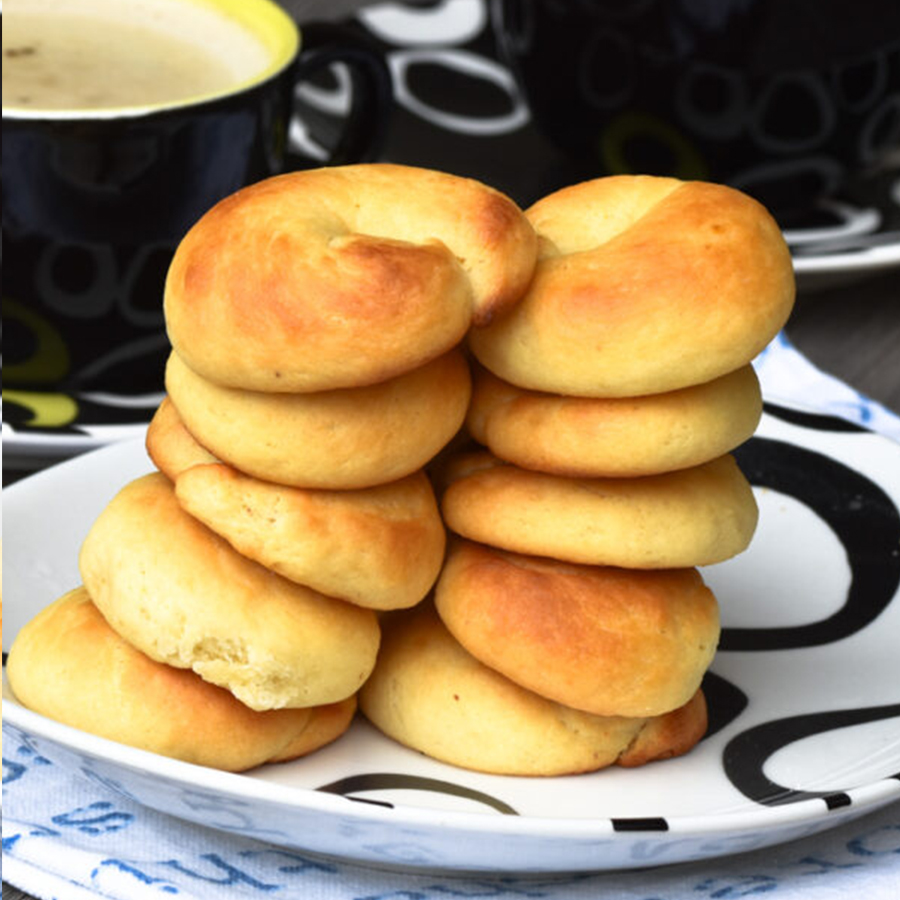
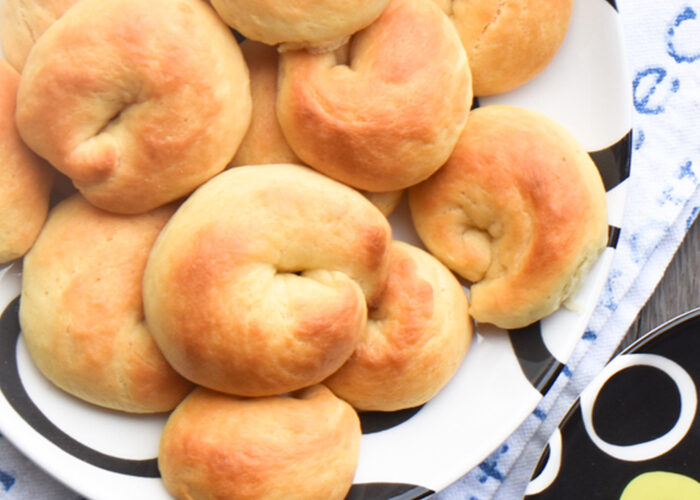
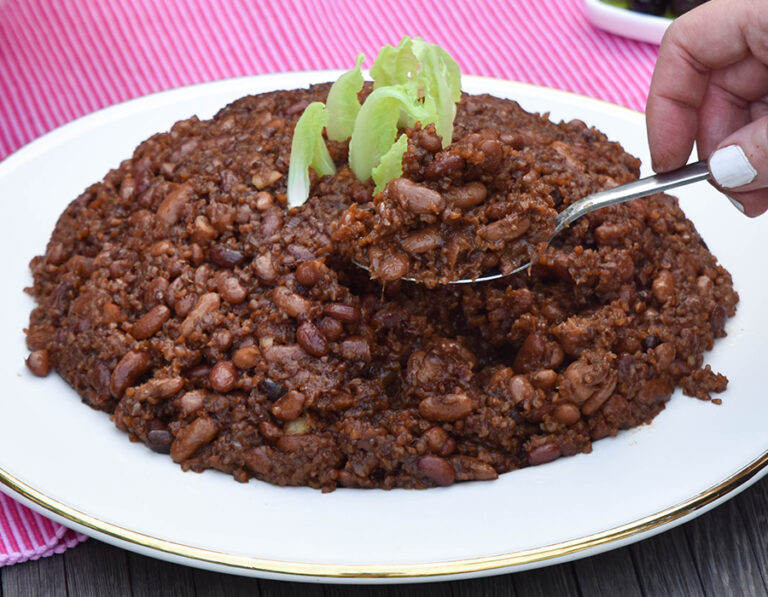
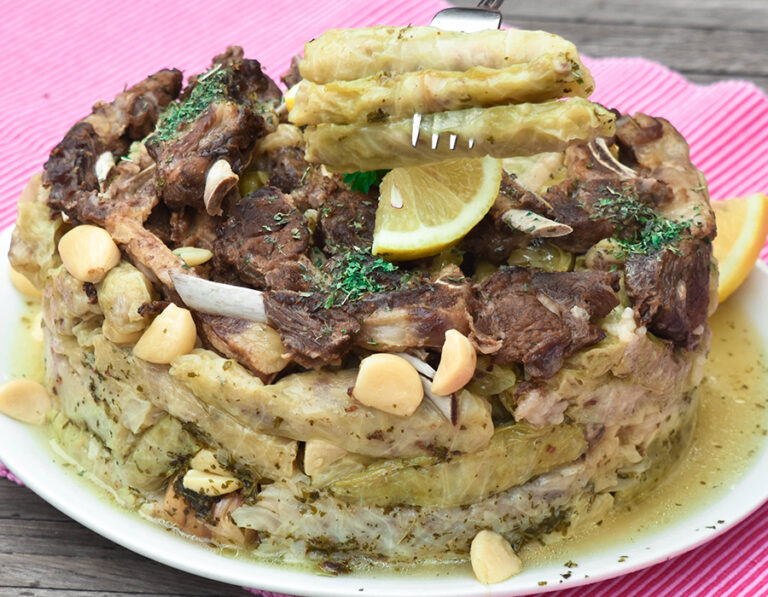
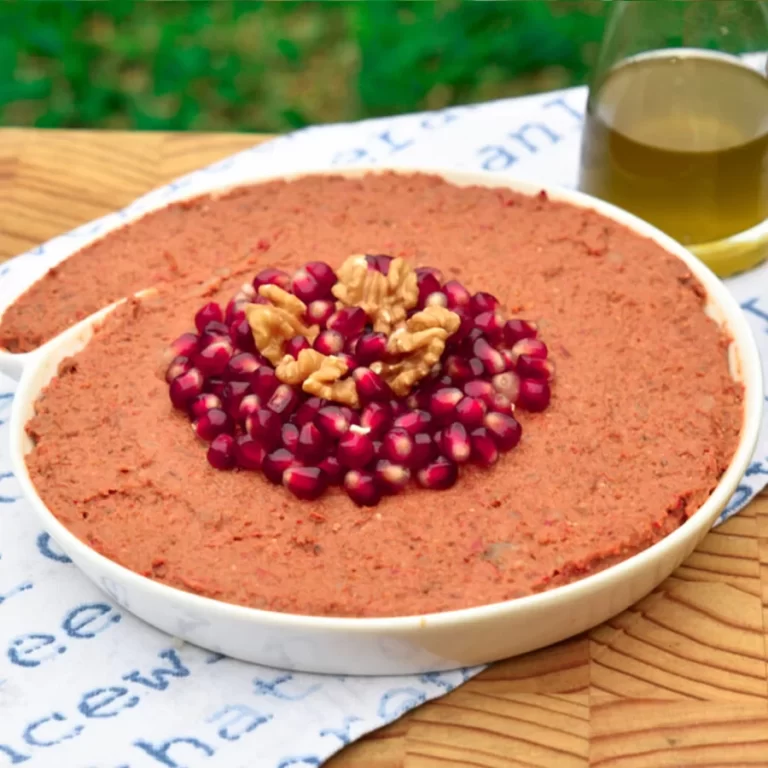
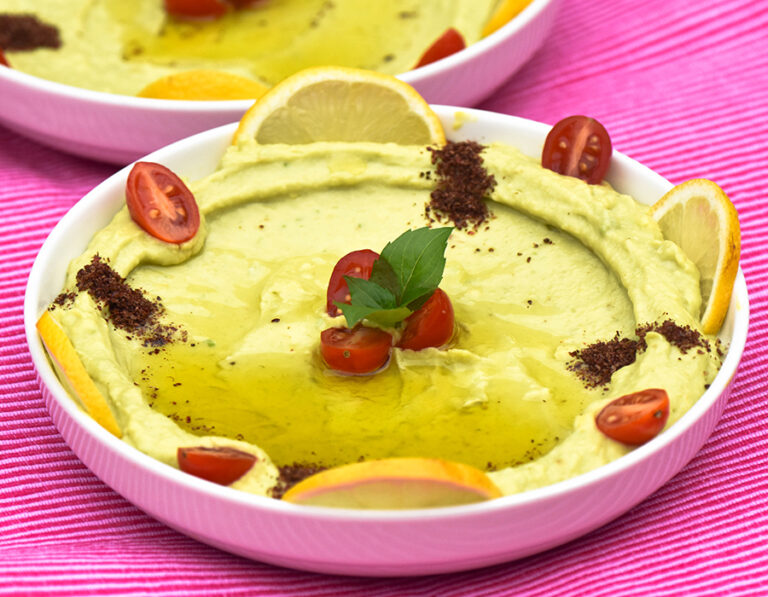

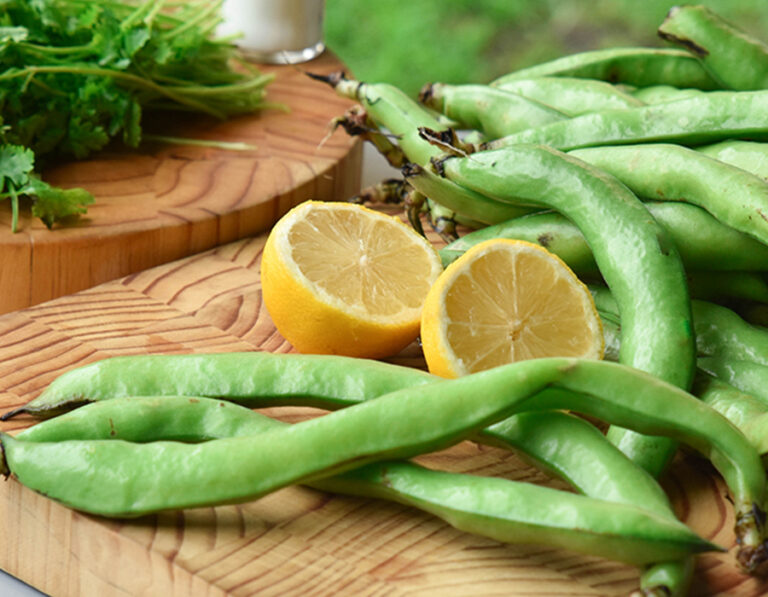
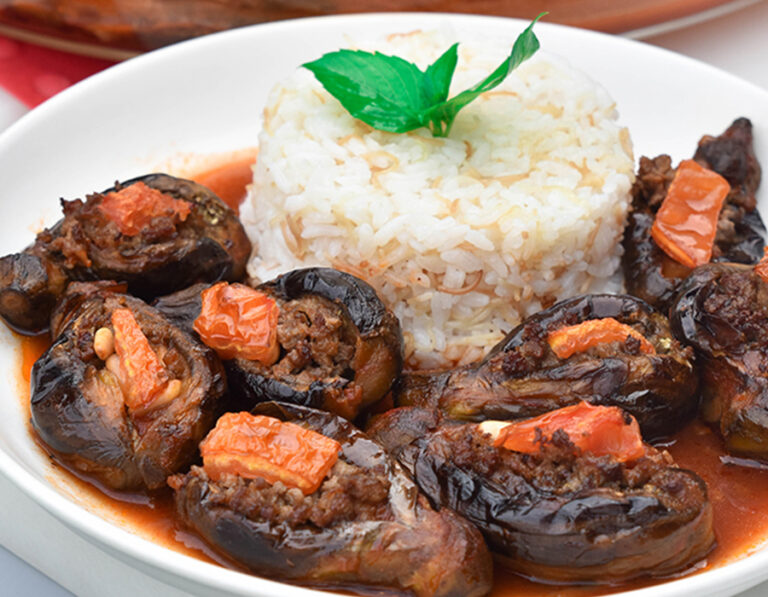
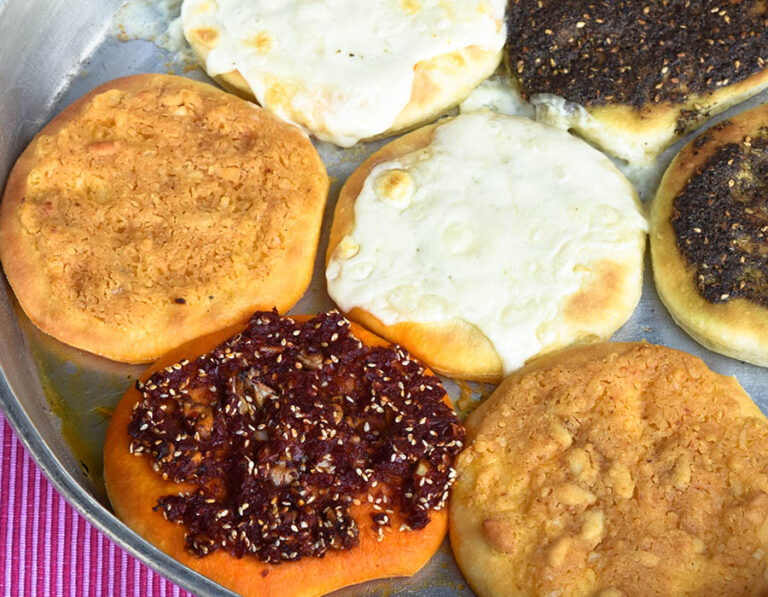




















2 Comments
My Maiden name is Wehby on my father’s side and Stephen’s on my mothers, I am second/third generation American. When my great grandmother came to America many spices were not available but are now so I like to compare family recipes with traditional Lebanese recipes.
My mom and grandmother made these every Easter recipe is very similar but used whole milk, cinnamon and orange blossom water. They did not use Ghee and They never raised in refrigerator but think I will try a few this year that way. I do let my rough raise overnight.
We prefer them filled with walnuts. My family would press the round rings onto a mesh screen to leave a small imprint on each of the plain ones.